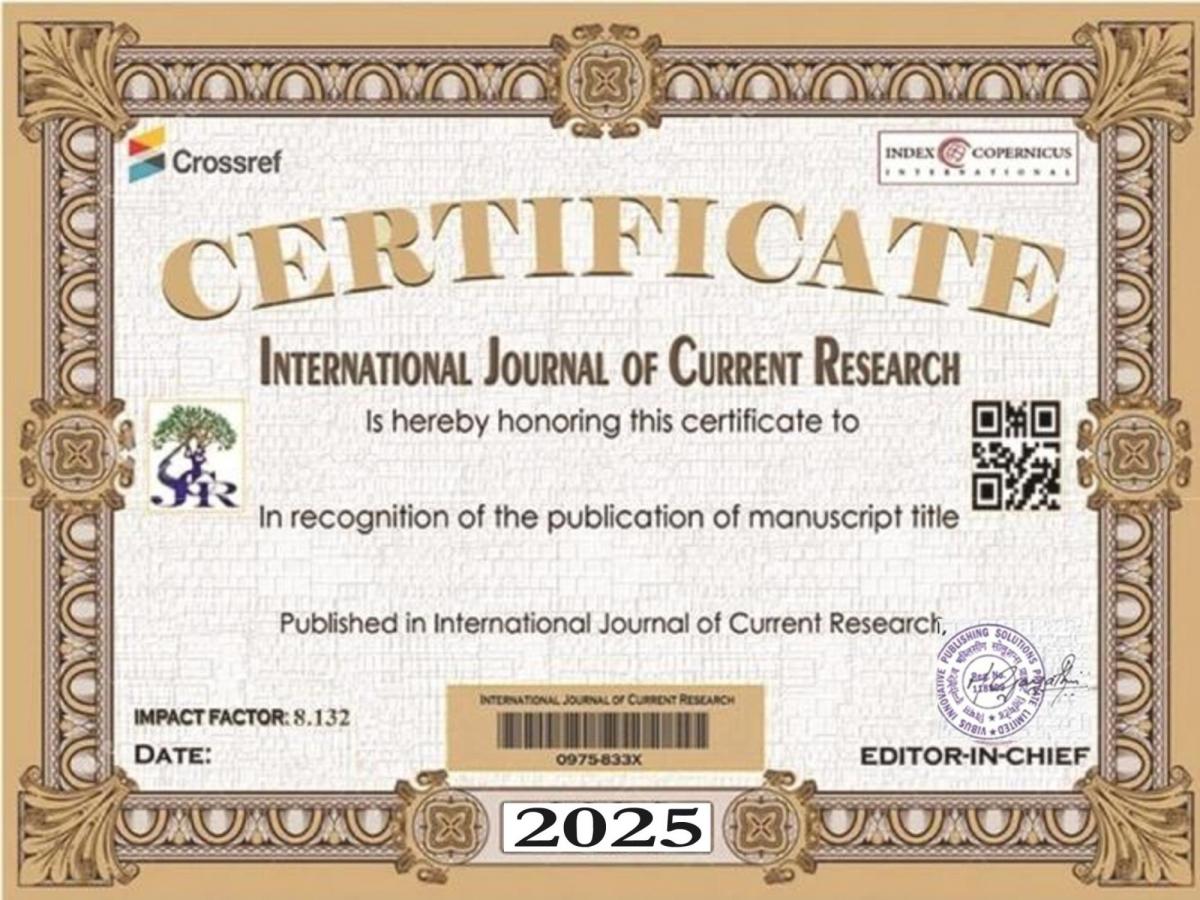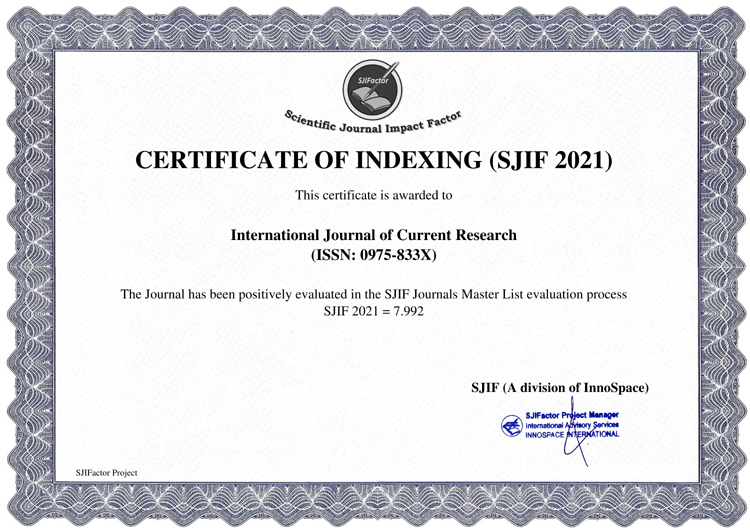Context: The nature of chewable areca nut and tobacco consumption in India has undergone rapid transformation with introduction of pan masala and gutkha. The negative health effects of tobacco on oral soft tissue including premalignancy and malignancy are well documented, however research on its effect on oral hard tissues especially on tooth wear is lacking. Aims: To assess and compare tooth wear among tobacco chewers and non chewers in the rural population of Karad, Maharashtra, India. Settings and Design: Methods and Material: A cross sectional study was conducted on 200 subjects selected randomly from those visiting the Krishna Charitable Hospital, Karad. Tooth wear was assessed for both tobacco chewers and non chewers. The chi square test was used for statistical analysis. Statistical analysis used: SPSS version 15 (SPSS, Chicago, IL, USA) Results: The subjects chewing tobacco had significantly greater tooth wear as compared to the controls. The wear was especially significant in mishri chewers compared to the other tobacco combinations. It was also observed that the frequency and duration of chewing tobacco was directly proportional to the number of pathologically worn sights. Conclusions: Tobacco products containing abrasives contribute to tooth wear and this factor must be taken into account for treatment planning for these patients.





